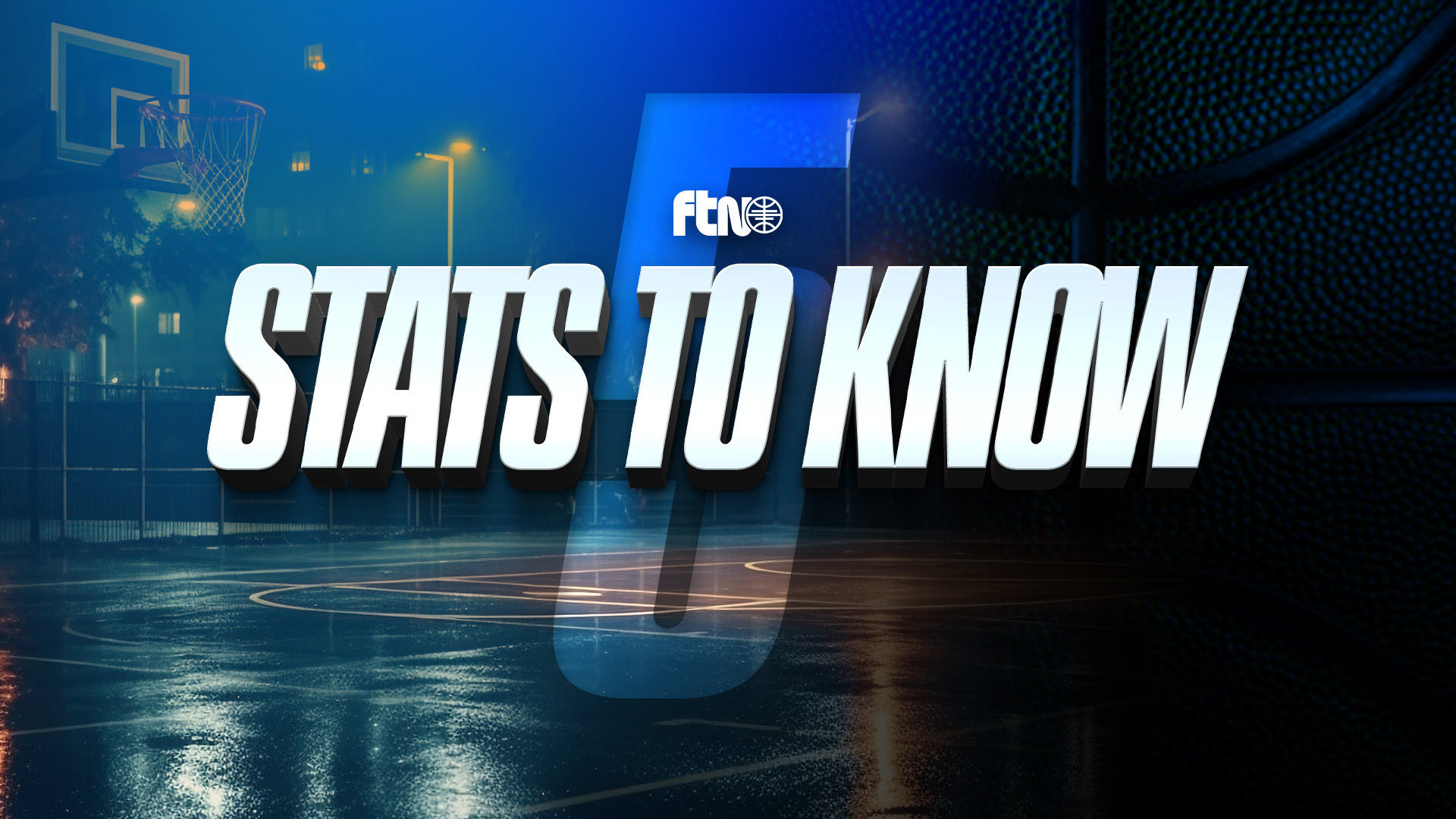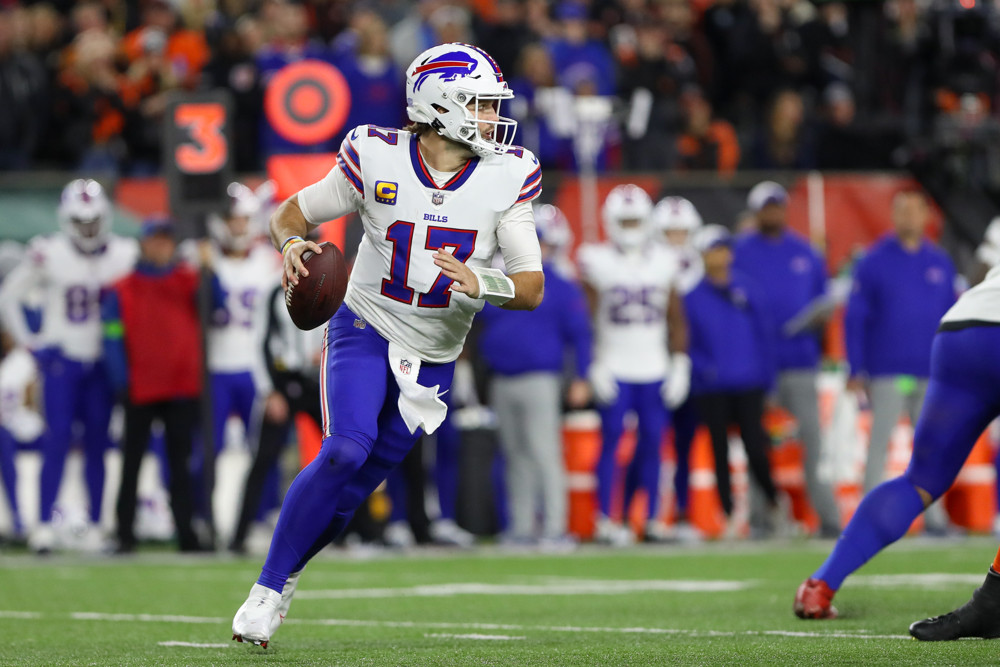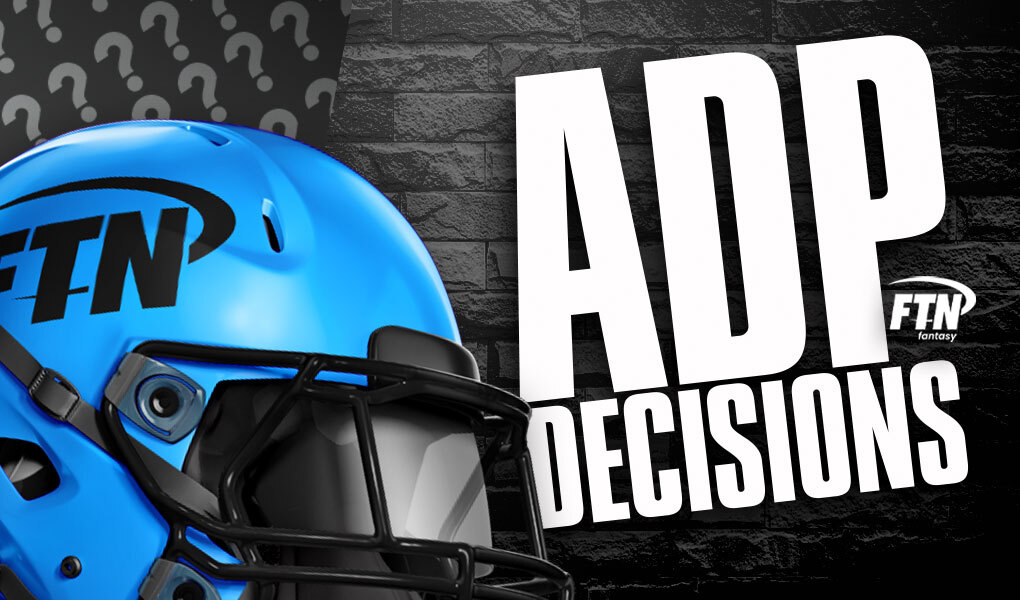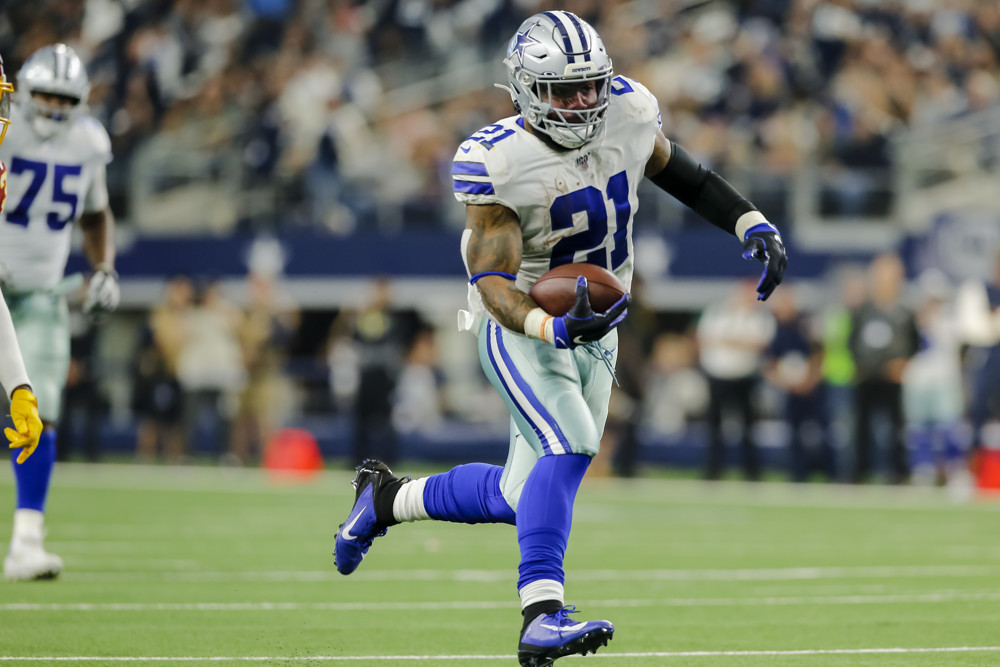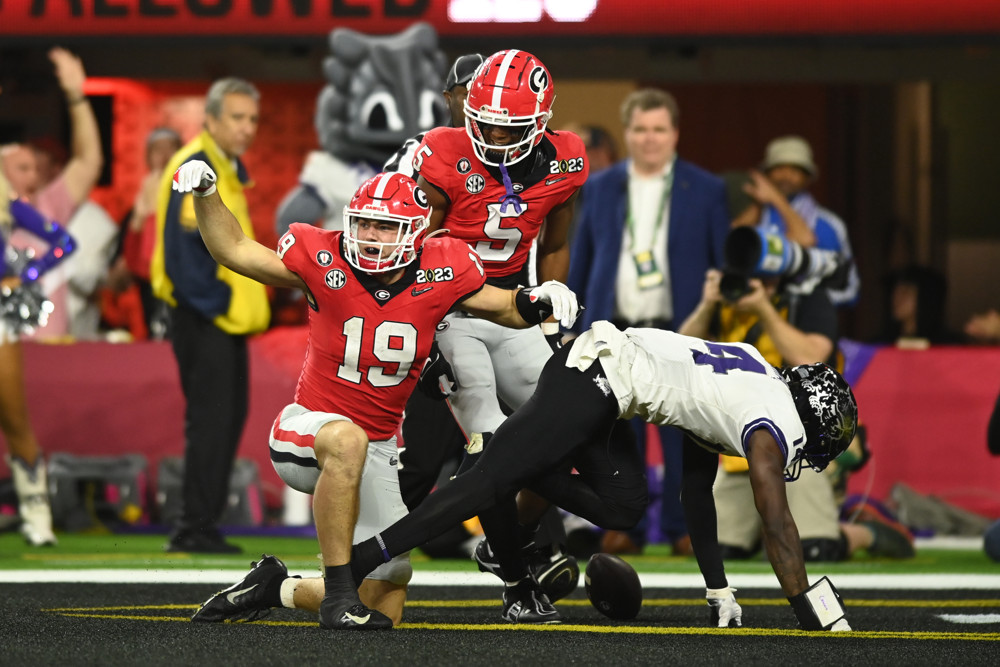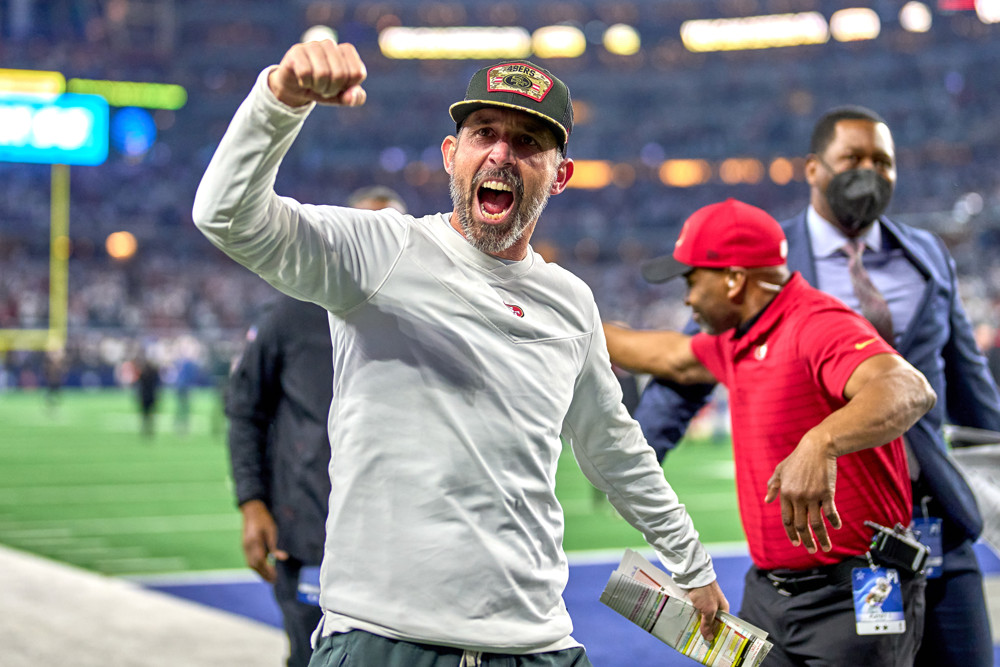
(All summer, Adam Pfeifer will be putting the tightest fantasy football picks under the microscope in our ADP Decisions series.)
Our ADP Decisions series rolls on with two running backs who are climbing up draft boards over the last week. Gus Edwards and Damien Harris actually project very similarly when you break everything down and that is exactly what I plan on doing.
So which running back gets the edge for the 2021 season?
The case for Gus Edwards
Since entering the NFL in 2018, Edwards has been one of the most efficient running backs in all of football. In fact, during that stretch, Edwards is averaging an impressive 5.2 yards per carry, good for the second-best mark in the league. And once again, Edwards produced in 2020, rushing for 723 yards and six touchdowns on 144 carries. Edwards is a good running back, but let’s not ignore how advantageous it is to play in this Baltimore offense. Between the combination of a strong offensive line and the presence of Lamar Jackson, running backs tend to have plenty of running lanes in Baltimore. And that has been the case with Edwards, who has averaged 2.3 and 2.5 yards before contact per attempt over the last two seasons, while the Ravens as a unit led the NFL in yards before contact per rush last year (2.38). Of course, Edwards hasn’t seen the workload of a full-time starter over his first few seasons in the league, but he has received enough work to be fantasy relevant because of the offense he is in. No team in football ran the football at a higher rate last year than the Ravens (55%) and that won’t change much this season, if at all.
But Edwards’ workload? Yes, that is going to change.
Sophomore running back J.K. Dobbins suffered a torn ACL during the preseason, ending his second season before it began. For much of last season, Edwards and Dobbins were splitting work, forming a 1A/1B committee in the Baltimore backfield. As I pointed out in Edwards’ player profile, Dobbins outcarried Edwards 63-50 from Week 13 on, while handling six carries from inside the 5-yard line to Edwards’ 2. To start the season, Edwards was getting more of the short-yardage work, and now all of that work undoubtedly belongs to him. Especially since despite how much Jackson runs with the football, the Ravens don’t really use him at the goal line like the Cardinals do with Kyler Murray or the Bills do with Josh Allen. In fact, Jackson had just one carry from inside the 5-yard line last year and just five such carries back in 2019. So Edwards is going to be the goal-line back in a good offense that ran the football 66.7% of the time from inside the 5-yard line last season, good for the sixth-highest rate in the league. We have seen stretches where Edwards has been the lead back for the Ravens and the results have been pretty strong. He started the final seven games of the 2018 season, averaging 17.4 carries per game and recording three 100-yard games. I’d imagine Edwards sees about 15-17 carries per game and you know the efficiency is going to be there, which means he doesn’t need to suddenly start seeing 20-plus carries per game to become a very solid RB2 in fantasy.
The case for Damien Harris
Speaking of efficiency, Harris was very efficient during his sophomore season last year, averaging 5.0 yards per carry. And that number was even more impressive when you consider that Harris saw eight or more defenders in the box on a whopping 39.4% of his carries last season, the third-highest rate in football. Meanwhile, the Patriots as a team saw at least eight defenders in the box on 170 plays last year, fourth most. Harris definitely impressed as a rusher, but this New England offensive line certainly helped him out. Individually, only Raheem Mostert averaged more yards before first contact per carry than Harris last season (3.1), while New England created an average of 1.94 yards before contact per attempt, the fourth-best mark in the league.
As a rusher, Harris was great, rushing for at least 70 yards in five of his 10 games. The downside was the lack of both touchdowns and receptions, as Harris scored just two rushing touchdowns and only caught five balls. Both numbers could be on the rise, especially the touchdowns, after the move the Patriots recently made. Cam Newton has been released, meaning rookie Mac Jones will undoubtedly be New England’s starting quarterback. This impacts this offense, as the Patriots will still run the ball quite a bit (especially from in close) but more of those carries will go to Harris. Last season, Newton saw 19 carries from inside the 5-yard line, which didn’t just easily lead all quarterbacks, but was the fourth-most in all of football. Harris should now easily lead this team in goal line carries after seeing just three such carries all of last season. Of course, Harris still isn’t likely to see many targets, especially with James White and J.J. Taylor likely playing on most of the passing-down snaps. But on a run-first team that called run at one of the highest rates in football from inside the 5-yard line last year, Harris’ touchdown upside is substantially higher than it was a season ago.

(Join this FREE contest at DraftKings Sportsbook to earn your share of $20,000.)
The verdict: Gus Edwards
This is a very close one and to be honest, both players are in very similar situations. Edwards and Harris both present very minimal pass-catching upside but are the top running backs in two of the best rushing offenses in football. However, I’m going with Edwards here because the Ravens offense certainly gets the nod over the Patriots. Both running backs are less appealing in PPR formats but are likely to be two of the most efficient runners in the NFL over the course of the season.







